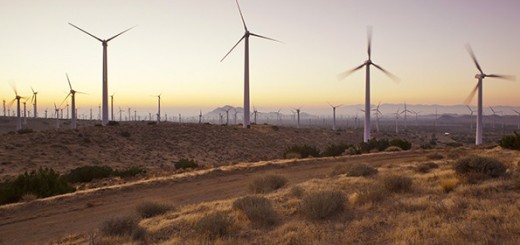The fantasy of wind power for Maryland
An Abell Foundation report recently trumpeted the supposed “potential” of offshore wind to provide two-thirds of Maryland’s electricity needs. Talk about hot air. With about 100,000 industrial wind turbines in operation around the world — 35,000 in the U.S. alone — there is not a shred of empirical evidence that wind has been responsible for offsetting greenhouse gas emissions in the production of electricity — or that it has contributed to any reductions in fossil fuel use.
Although 20 percent of Denmark’s installed electricity capacity consists of wind energy, much more than half of its actual generation is exported, for grid security reasons, to elsewhere in Scandinavia, where it displaces highly flexible hydro generation at no savings in CO2 emissions but with substantial cost to Danish ratepayers. Moreover, hydro imported from the rest of Scandinavia is used to balance most of the wind volatility that remains in Denmark, so that any CO2 offset there is due to hydro, not wind.
If Denmark did not have the Scandinavian “sink” in which to dump its considerable excess wind, and if that sink did not have hydro as its principle source of power, Denmark would be awash in both carbon dioxide emissions and wind turbines in the production of electricity. As the journalist Robert Bryce has written, “In 1999, Denmark’s daily coal consumption was the equivalent of about 94,400 barrels of oil per day. By 2007, despite a 136 percent increase in the amount of electricity produced from wind, Denmark’s coal consumption was exactly the same as it was back in 1999.”
The apotheosis of wind technology was embodied in the wonderful Clipper ships of the 19th Century. There’s a good reason they are now consigned to museums. The energy requirements of 2010 insist upon precision, controllable machine performance that passes stern tests for reliability standards. Wind technology is completely inimical to reliable performance standards. Our modern system of power insists on capacity value — getting a specific amount of energy on demand and controlling it whenever desired.











